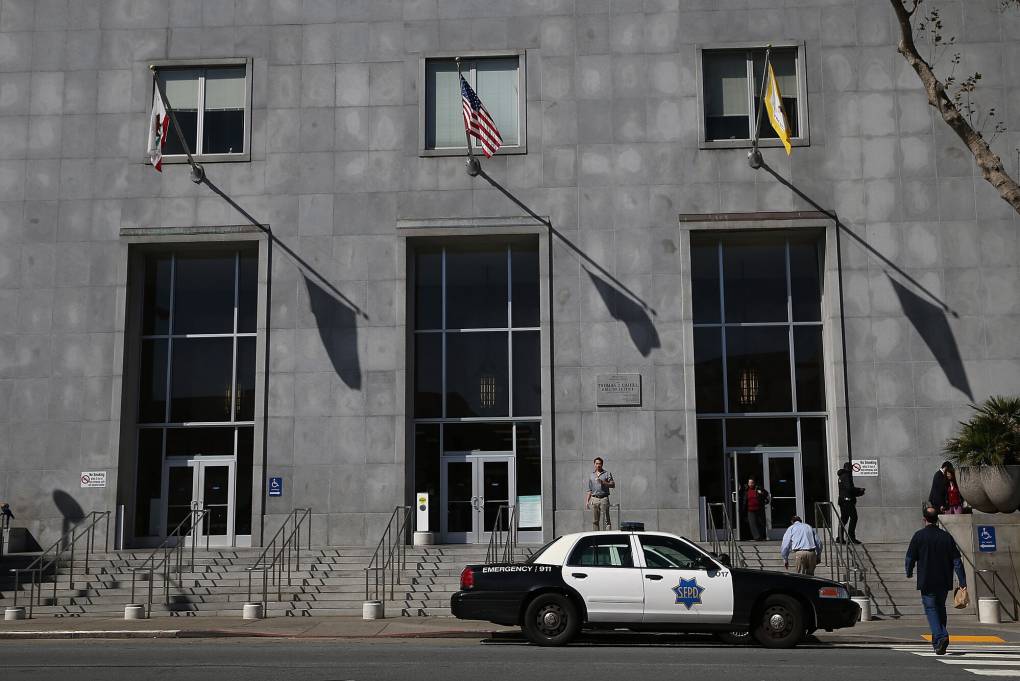Officer Jasmine Williams then approaches Jones and appears to push her with a baton as another officer shouts, “Back up!”
“I’m trying to get to my office building. It’s right there!” Jones said, pointing in the direction of the recent arrest where officers had formed a line.
“Go down Spring, go around,” an officer responds, pointing back in the direction she came from.
Another person is seen standing nearby and then walking in the direction Jones meant to go without being stopped by police.
Williams continues to press her baton against Jones and, along with another officer, obstructs her path.
Zac Dillon, a senior law and policy analyst with the public defender’s office, said this is where the officers failed to de-escalate.
“The core elements of de-escalation are time and distance,” Dillon said. “And both of those were taken away in this situation by getting closer and hemming her in closer to the building, essentially corralling her up against the wall.”
The footage shows Jones, appearing increasingly distressed, beginning to yell for help and waving her arm above her head. She tries to move left and right to get around the officers, but Williams stays directly in front of her with her arm pushing Jones. Williams repeatedly said, “Get out of my face.”
As Jones brings her arm down, it seems to land on Williams’ helmet, and the footage shows Williams’ head briefly getting pulled with it. The officers then pull Jones to the ground, pin her and handcuff her.
According to the public defender’s office’s complaint, officers described that moment in their reports as Jones violently yanking at Williams’ helmet, but the complaint said it was nothing more than incidental contact.
Williams also accused Jones of reaching for her neck, although that isn’t apparent in the footage.
Several officers failed to document the repeated force Williams used against Jones before that moment, according to the complaint.
“They were dressed for violence. They were dressed for confrontations. They were out there in their riot gear, and so I think they see threats where there aren’t necessarily threats … so they’re more inclined to escalate,” Dillon said.
Now that a complaint has been filed, the Department of Police Accountability will likely review the footage, conduct interviews and make a decision within about nine months to a year, according to Dillon.
That could mean deciding the police were either in the right or violated policy — in which case the department would recommend disciplinary action.
“If they do find a policy violation, then it would be referred to either the chief for meting out discipline if it’s under a certain amount of 10 days suspension, which I imagine it would be in this case,” Dillon said. “In more serious cases, it’s referred directly to the Police Commission, who will then have a sort of mini-trial.”
In a statement, the San Francisco Police Department said it is unable to talk about open investigations.


